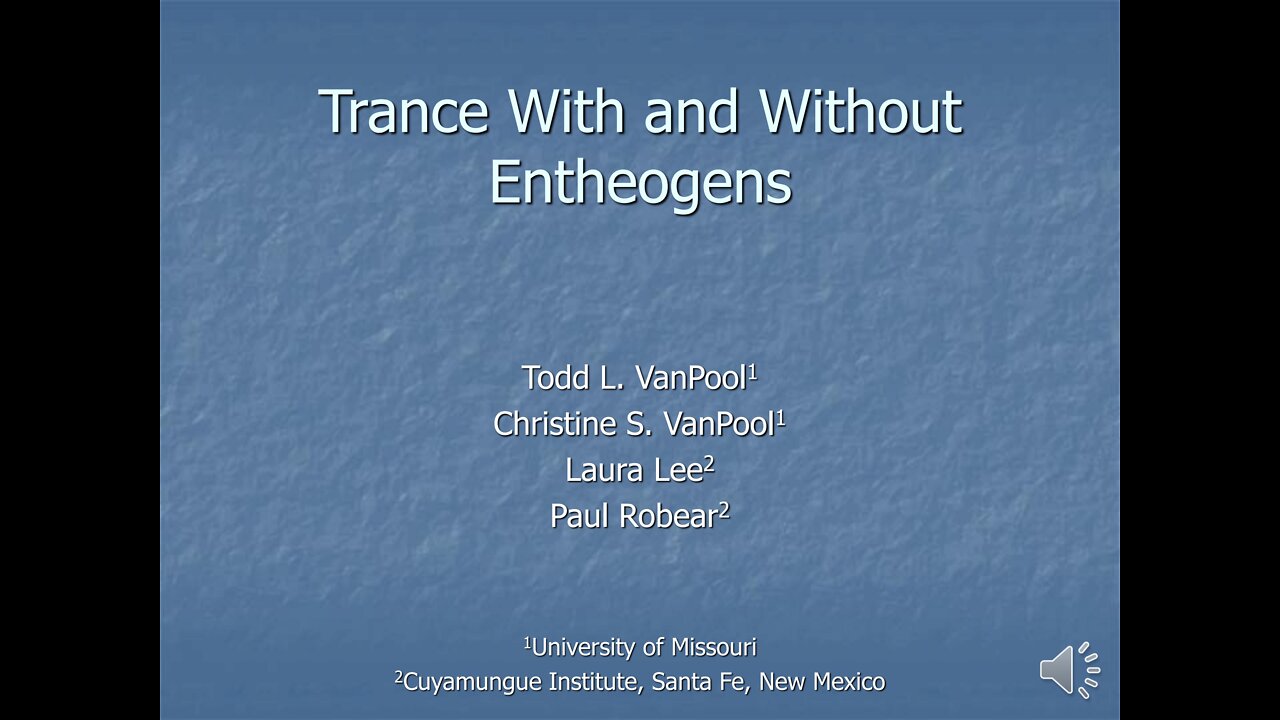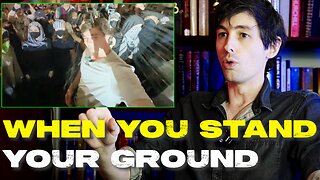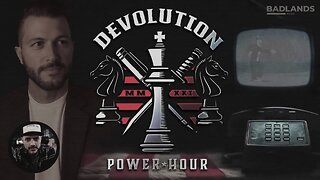Premium Only Content

Trance with and without Entheogens
Paper presented at the 2022 Society for American Archaeology Annual Meeting (Chicago, March 30 thru April 3).
Authors: Todd L. VanPool, Christine S. VanPool, Laura Lee, and Paul Robear
We discuss Altered States of Consciousness (ASC), which can take many forms, ranging in intensity from daydream-like experiences to visions in a catanionic state. Trance, often initiated using entheogens, is a particularly common form of ASC found through time and around the world. While entheogens are commonly used, trance states can be initiated without their use, and even when they are used, entheogens are generally only a part of the trance experience. As a result, trance experiences, especially in religious contexts such as shamanism, cannot be reduced to the impact of entheogens, but instead reflect the influence of the social setting, other ritual paraphernalia such as noisemakers, the individual’s own physiological state, and culturally-derived expectations of the experience. Here we compare the nature of trance-states produced with and without entheogens focusing on ritual body postures and the use of sound induction (sound driving) as discussed by Felicitas Goodman and Michael Harner. We tie ritual body postures to the Medio period Casas Grandes culture (AD 1200 to 1450) and other archaeological cultures and evaluate the potential impacts of entheogens and other ritual activities in the North American Southwest, West Mexico, and Mississippi culture areas.
-
 LIVE
LIVE
Whiz
15 hours agoThe Finals World Tour is Intense!
69 watching -
 LIVE
LIVE
Jokeuhl Gaming and Chat
6 hours agoEmpyrion on Dorkitos - Rebuilding After the Crash
100 watching -
 LIVE
LIVE
Lofi Girl
2 years agolofi hip hop radio 📚 - beats to relax/study to
820 watching -
 8:01
8:01
MattMorseTV
1 day ago $11.91 earnedNYC Democrat is in HOT WATER.
59.4K114 -
 7:24
7:24
Warren Smith - Secret Scholar Society
1 day ago1 Guy Causes Entire Mob of Protesters to Implode & Get Arrested
88.6K51 -
 31:24
31:24
The Why Files
3 days agoSynchronicities | The Science Behind Your Meaningful Coincidences (STRIPPED)
59.1K45 -
 2:07:34
2:07:34
FreshandFit
10 hours agoWhy You Are Unhappy Dating!
71.8K21 -
 1:21:38
1:21:38
Badlands Media
1 day agoDevolution Power Hour Ep. 367
124K41 -
 2:28:09
2:28:09
Tundra Tactical
9 hours ago $9.66 earned🔥 NFA Hypocrisy EXPOSED: the Senate Just Screwed Gun Owners (Again) | Tundra Nation Live Roast 🔥
50.4K4 -
 3:44:43
3:44:43
DLDAfterDark
9 hours ago $7.04 earnedDLD Live! Red Dawn Readiness! HPA & Short Act Updates - T Rex Arms - Guns Gear & God
47.3K2